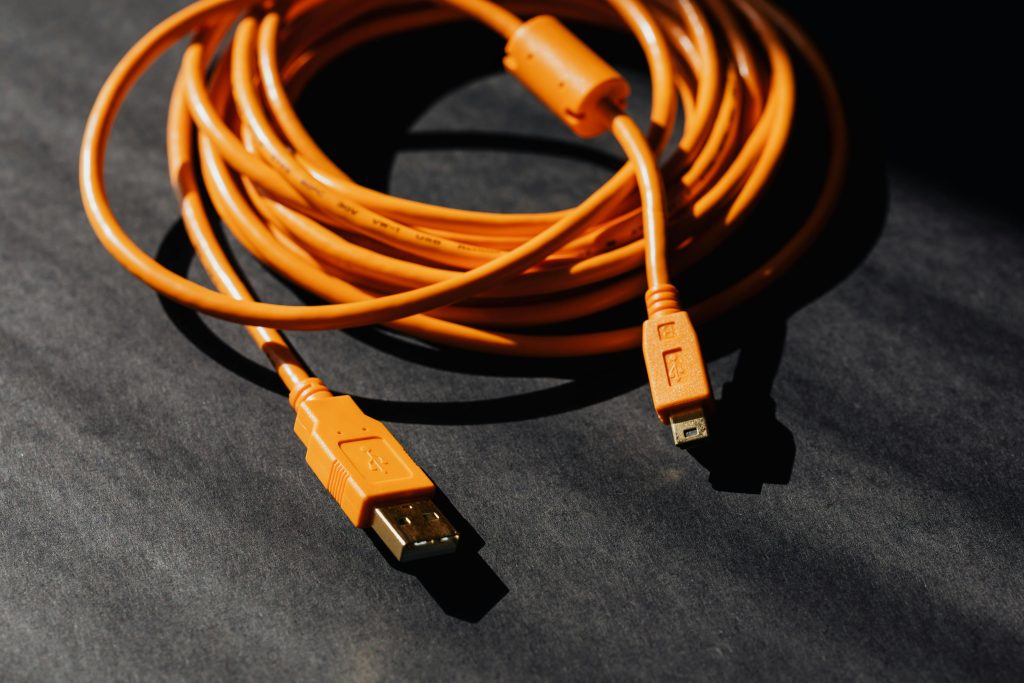The Perils of Neglecting Server Maintenance: A Cautionary Tale
In the world of IT, the importance of maintaining servers cannot be overstated. Recently, we encountered a frustrating situation that underscored this fact—a client’s server unexpectedly failed, taking with it critical information they had relied upon. Unfortunately, we had been cautioning them about the risks involved for the past three years.
The failure was not entirely surprising; both hard drives had likely suffered extensive wear over the years. When we examined the server, the LED indicators were so dim they appeared to be non-functional, and the HDD error light suggested impending doom.
In an attempt to salvage the situation, we endeavored to reconstruct the RAID 10 array. However, the remaining drive was too damaged to recover the data effectively. To complicate matters further, the last backup was performed just two days ago, but there were signs that it might also be corrupted.
The server was operating on the outdated Windows Server 2008 platform, which means we’ll need to set up a new Active Directory and oversee the migration of all connected computers. This transition is not only going to be labor-intensive but will ultimately lead to significant costs for the client—costs that could have been mitigated with proper server maintenance.
Reflecting on this experience, we must ask: was it worth it for our client to push their server beyond its typical lifespan and risk losing weeks of productivity while awaiting a replacement? The scenario serves as a stark reminder of the consequences of skimping on essential infrastructure.
Additionally, a rather alarming observation was made upon inspecting the server; it was in an extraordinarily dirty condition. One can only wonder if poor air quality or even smoking in the server room contributed to its dismal state.
Key Takeaways:
- Regular Maintenance is Crucial: Prioritizing regular server checks and updates can prevent catastrophic failures.
- Invest in Reliable Hardware: Utilizing servers for longer than their average life expectancy can lead to significant loss and downtime.
- Backup is Key: Ensure that backups are not just performed but also checked for integrity and reliability.
In conclusion, this incident serves as a critical reminder for all businesses—don’t overlook the maintenance of your primary server. A proactive approach can save you not only time but substantial financial resources in the long run.
Share this content:




I’m sorry to hear about the data loss your client experienced. This situation highlights the critical importance of regular server maintenance and proactive hardware monitoring. To help prevent similar incidents in the future, I recommend implementing the following best practices:
If your client is upgrading from Windows Server 2008, ensure they plan for a proper migration strategy, including setting up Active Directory and migrating user data securely. Using modern hardware and updated OS versions will greatly increase reliability and security.
If you’d like, I can recommend specific monitoring tools or migration strategies to